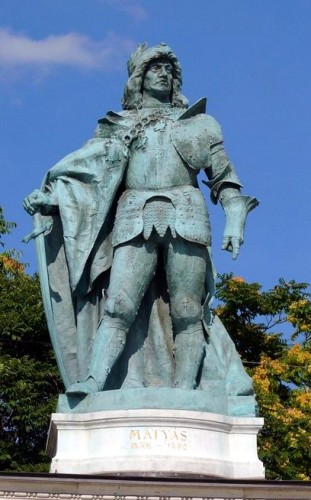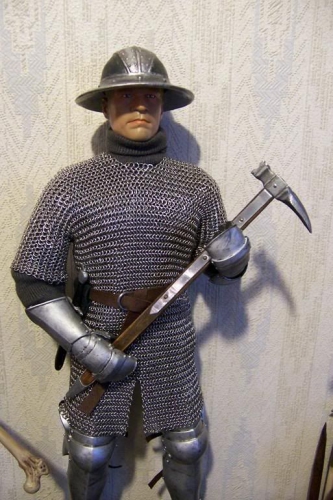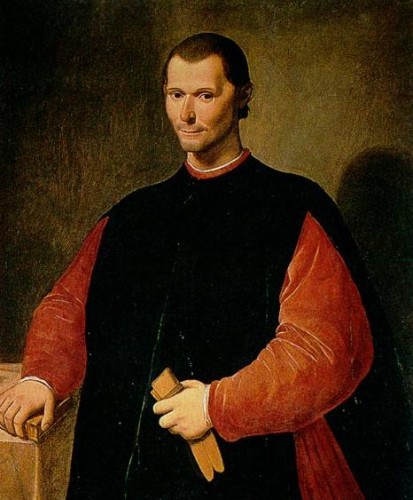jeudi, 28 septembre 2017
Guillaume Dufay - Missa L'Homme Armé
07:38 Publié dans Musique, Musique | Lien permanent | Commentaires (0) | Tags : musique, guillaume dufay, l'homme armée, moyen âge, 15ème siècle |  |
|  del.icio.us |
del.icio.us |  |
|  Digg |
Digg | ![]() Facebook
Facebook
dimanche, 24 janvier 2010
Matthias Corvin, élu roi de Hongrie
 24 janvier 1458: Le fils du chef hongrois Janos Hunyadi, Matthias Corvin ou Corvinus, est élu roi de Hongrie à la mort de Ladislas. Janos Hunyadi, petit baron de Transylvanie, remarqué par l’Empereur Sigismond pour sa valeur militaire et ses talents d’organisateur, prendra la tête des armées hongroises et fera de son pays le bouclier principal de l’Europe contre les assauts des Ottomans. Pour parfaire ce projet de barrer la route de Vienne et du Danube aux Turcs, Hunyadi réforme l’Etat, le dé-féodalise et crée une armée populaire au départ des masses paysannes magyars. Il sera détesté des magnats, mis à contribution pour financer cette armée nombreuse, seule capable de faire barrage à la puissance ottomane. Son fils Matthias Corvin poursuivra son oeuvre, imposera aux magnats l’efficacité politique conçue par son père et donnera, face aux Ottomans, désormais maîtres de Byzance, une période de paix de plus de 70 ans à la Hongrie. Quand les magnats reprendront le dessus, ils disloqueront l’armée populaire et seront écrasés par les janissaires à Mohacs en 1526, réduisant la Croatie médiévale à des “reliquae reliquarum”, des “résidus de résidus”, et plongeant la Hongrie sous une tutelle ottomane quasi permanente, jusqu’à la fin du 17ème siècle.
24 janvier 1458: Le fils du chef hongrois Janos Hunyadi, Matthias Corvin ou Corvinus, est élu roi de Hongrie à la mort de Ladislas. Janos Hunyadi, petit baron de Transylvanie, remarqué par l’Empereur Sigismond pour sa valeur militaire et ses talents d’organisateur, prendra la tête des armées hongroises et fera de son pays le bouclier principal de l’Europe contre les assauts des Ottomans. Pour parfaire ce projet de barrer la route de Vienne et du Danube aux Turcs, Hunyadi réforme l’Etat, le dé-féodalise et crée une armée populaire au départ des masses paysannes magyars. Il sera détesté des magnats, mis à contribution pour financer cette armée nombreuse, seule capable de faire barrage à la puissance ottomane. Son fils Matthias Corvin poursuivra son oeuvre, imposera aux magnats l’efficacité politique conçue par son père et donnera, face aux Ottomans, désormais maîtres de Byzance, une période de paix de plus de 70 ans à la Hongrie. Quand les magnats reprendront le dessus, ils disloqueront l’armée populaire et seront écrasés par les janissaires à Mohacs en 1526, réduisant la Croatie médiévale à des “reliquae reliquarum”, des “résidus de résidus”, et plongeant la Hongrie sous une tutelle ottomane quasi permanente, jusqu’à la fin du 17ème siècle.
00:10 Publié dans Histoire | Lien permanent | Commentaires (0) | Tags : histoire, hongrie, europe centrale, europe danubienne, 15ème siècle, époque médiévale, moyen âge |  |
|  del.icio.us |
del.icio.us |  |
|  Digg |
Digg | ![]() Facebook
Facebook
mercredi, 18 mars 2009
Machiavelli: gewetenloze opportunist of realist?
00:15 Publié dans Théorie politique | Lien permanent | Commentaires (0) | Tags : politologie, sciences politique, philosophie, renaissance, italie, philosophie politique, 16ème siècle, 15ème siècle |  |
|  del.icio.us |
del.icio.us |  |
|  Digg |
Digg | ![]() Facebook
Facebook




